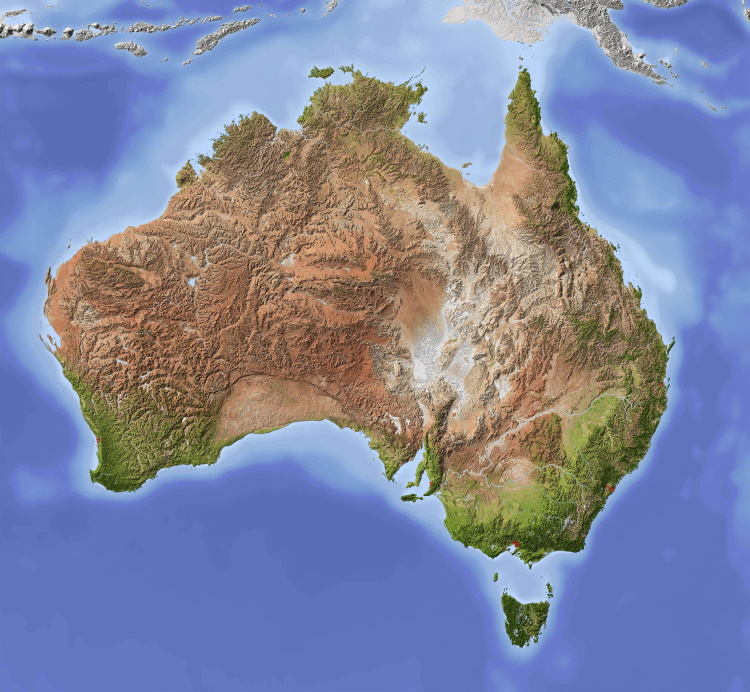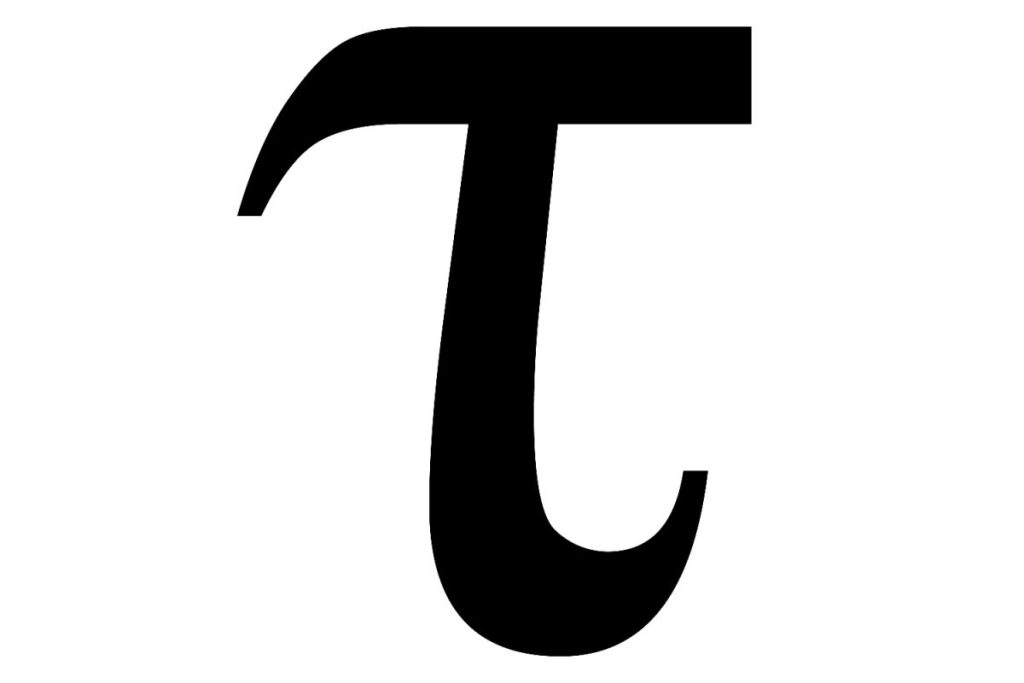The statement from the Infrastructure and Transport Ministers’ meeting: https://www.infrastructure.gov.au/sites/default/files/documents/itmm-communique-21-november-2025.pdf
The same statement from WeRide on Facebook: https://www.facebook.com/werideaustralia/posts/pfbid0KpgL2Xxi54XVQNk557nVm9SXCFwVvtu6VtW7GbMSDcCRkwYKh2imTuAFSRfAni65l
The statement in text:
We celebrate reinstatement of e-bike standard
In a welcome announcement celebrated by bicycle riders and the industry this afternoon, the Australian Infrastructure and Transport Ministers have announced the reinstatement of the internationally accepted standard for e-bikes.
The announcement came in the Ministerial Communique this afternoon and states,
‘Ministers agreed to work towards a regulatory framework for e-mobility devices to ensure safe and consistent supply and use of these devices in the Australian market, while still promoting mobility and innovation.’
A framework is still being developed, however in the interim, the Communique says,
‘To supplement this (new framework), and to assist importers, the Commonwealth will reinstate the EN-15194 standard and meet with relevant stakeholders to ensure the use of this standard is well understood and supported.’
We Ride Australia and Bicycle Industries Australia could not be happier that this global standard has been reinstated after it was deleted from the import framework governing e-bikes in 2021.
This announcement responds directly to the advocacy of calls from Bicycle Industries Austra, We Ride Australia and Australian bicycle organisations which has been determinant in achieving this outcome. We look forward to continuing to assist Governments at all levels as they work to establish a robust national framework to stop unsafe product reaching Australian consumers.
BIA General Manager Peter Bourke said,
“This is a sensational outcome for the Australian bicycle industry,
“EN15194 is the leading e-bike standard around the world, and its reinstatement will address the impacts of poor-quality and unsafe imports.”
WeRide’s Stephen Hodge said,
“e-bikes are booming globally,
“They provide healthy, safe and affordable mobility for the more than half of all trips each day that are less than 5km,
“The reinstatement of EN15194 means Australians will have the confidence to know the e-bikes they buy for themselves, and their children are safe and fit for purpose.”
The 250w limit in EN15194 is overly low, NSW finally changed their laws to a more sensible 500w a few years back so this change will make it so you can’t import a whole variety of bikes you can legally ride. Even 750w isn’t a problem IMO, having ridden one (with throttle and all) I’d class it as definitely still on the bicycle end of things rather than an actual motorbike.
Looking on the bright side though import restrictions will hopefully induce more manufacturers to do ADR compliance for those of us who do actually want the motorbike end of ‘ebikes’, even for dirt bikes the ability to rego them makes them much more useful for non-track riding.
250w limit in EN15194 is overly low
I just don’t agree. Remembering that that limit is continuous output, and brief spikes above that are permitted, and that a throttle-operated vehicle is illegal, so some power from the legs is always to be expected. I’ve got a power meter on my analogue bike, so I can tell you how much power my legs are putting out at any given time. A very light, easy cycle, my legs are probably doing about 100 W; that would be 350 W if you put the same easy effort with the battery of an ebike.
The most power I have ever put out for 2 minutes is 303 W. Bring it down to 1 minute and I’ve done 400 W. But that was during a power test on an indoor trainer. Even climbing up an incredibly steep climb, I can manage with about 500 W for about 30 s. Now, what exactly EN15194 means by continuous output is left vague, talking only about how the motor is thermally limited. It seems reasonable that 30 s might be an acceptable amount of time to exceed the 250 W continuous limit by 150 W…or for a cyclist to put out more than that miniscule 100 W.
Just for reference, here’s a 25 second section of my most recent ride on an extremely steep section:

Text transcription of salient points of the graph
Graph showing both power and speed over a 25 second section. Speed starts at just below 20 and quickly drops before levelling out a bit above 10 km/h. Power climbs from just below 200 to a hair over 500 W over the first third, then drops gradually to just above 300 W over the last two-thirds.
At 39:30 it’s exactly 350 W, and at 39:50 it’s 351 W. That’s 20 seconds above the limit I set, where the cyclist would only be putting out 100 W. And a cyclist could definitely do this section with less power than I use. I have a psychological thing where I hate going slow up hill (even if I’m fine cruising casually on the flat, and I actually go way, way slower than most downhill), so I put in more effort than most would.
The counterpoint to my reasoning is that I’m a fairly light dude, riding a carbon bike. A heavier person with a loaded cargo ebike would necessarily need more power than me. The riposte I’d give to that is that this is a route that roadies use for the sake of training. There are multiple alternatives that are less steep. And there’s still the option to just go slower, or put out more power from your legs. Still, all that aside, I would be ok with allowing up to 500 W for cargo bikes. A bike not towing children or lugging large amounts of cargo absolutely doesn’t need more power, but people should be able to take their kids to a weekend sport club, carrying their kids’ sporting gear, in a bike instead of requiring a family car. And they should be able to do that regardless of where they need to go. So 500 W, sure. There’s zero case for anything above that though.
The continuous output is where average people actually want more power though, one of the main points of ebikes is to reduce effort from climbing hills. Most people are not going to be at your level of fitness or investment in cycling (in both the physical and mental sense) and just want to get places without needing a shower afterwards. I can see why you want to keep a purer form of something you have an interest in (similarly I think there is limited need for automatic transmissions outside of disability) but there is a case for more power if you want more people to be riding over driving.
To be very clear: the case study I provided is on an exceptionally steep hill. Very few people need to climb something this steep, ever. The 350 W you get from a currently-legal ebike plus a lazy casual amount from the legs (I’m seeing varying numbers, but every number I’m seeing suggests that even a slow walk on foot uses significantly more than 100 W). And on a non-cargo bike, the sorts of normal hills many people climb every day on their daily commute can easily be climbed at a good pace at 350 W. Heck, at 300 W, even.
It’s not about investment, it’s about ensuring the power numbers stay low enough to reduce the potential for abuse. It’s got nothing to do with purity, and nor did anything I say provide even the vaguest implication that “purity” has anything to do with it. If it was about purity, I wouldn’t be starting from the standpoint of assuming 70% of the power is coming from the motor, or using 100 W as my presumptive minimum even when climbing. I wouldn’t have provided the evidence with data for why even for people who don’t want to put in a lot of effort don’t actually need that much power, and explained how the fact that my rides do contain more power are precisely because they’re an outlier.
Most people are not going to be at your level of fitness or investment in cycling (in both the physical and mental sense) and just want to get places without needing a shower afterwards. I can see why you want to keep a purer form of something you have an interest in
Sorry but, what part of everything I wrote makes any of this relevant?
NSW finally changed their laws to a more sensible 500w
Personally whatever the regulation is, I’d prefer it be nationally consistent. That goes for more than just this. NSW and Vic being the only places where cyclists can’t use the footpath is absurd, and they need to get with the time. Queensland allowing cars to park in a bike lane is absurd and we (and any other states that might allow it) need to get our shit together. NSW’s even more backwards restriction on escooters and PMDs also needs updating (though at least this one appears to be in the works).
I actually have my own bugbear with EN15194, and it’s the speed. I think the 20 mph (32 km/h) limit used in the US is more reasonable than 25 km/h. It’s very, very easy to get up to 30 km/h on the flat with an analogue bike, and it’s incredibly safe. I see no reason ebike users shouldn’t be allowed to do that.
Interestingly, I checked the laws in all three east coast states and all have another category separate from the main one we’re discussing. It seems mostly identical, but Vic and NSW call one “power-assisted pedal cycles”, and it has a limit of 200 W. NSW mentions that this type must have an adjustable seat and weigh no more than 50 kg, requirements that have no equivalent in the main type of ebike. The main type, called “electrically power-assisted cycles” by all three states I checked, mentions a 6 km/h “walk mode” speed limit for throttles, and Vic & Qld have a 250 W limit but no other stipulations. NSW has a 500 W limit, but also says that its power must be “progressively reduced as the bicycle’s speed increases beyond 6km/h”. Which, if enforced at point of import or sale, actually could perhaps be a good compromise; a way to get the increased power output for heavier vehicles without giving an unnecessarily high amount of power to lighter ones.
For those out of the loop, there have been a spate of deaths caused by people riding illegal, unregistered electric motorbikes recently, including children. These are vehicles being sold as “ebikes”, and many in the media are still calling them that, but they are not ebikes. By definition, an ebike must be pedal-assist only (with allowance for up to 6 km/h with a button or throttle, to assist starting or walking the bike), and to be a legal ebike in Australia it must have a motor which cuts out at 25 km/h. You can pedal above that speed, but cannot receive motor assistance.
The problem exists in part because of a regulation change by the Morrison Government. Prior to the change, all ebikes being imported into the country had to meet the EN-15194 standard. Morrison removed that requirement, allowing the import of vehicles that are illegal to ride on roads and bikeways. That created a glut of illegal vehicles on the street, being bought for kids by parents who don’t know better or don’t care. That import regulation is apparently being put back in place.
I see such a large number of these electric motorbikes that I’d started to doubt my understanding of the law. Like, maybe there had been a change that I just didn’t know about. But it turns out that the change I didn’t know about was Morrison undermining the law by messing with the import regulations.
It’s good to have some clarity on that.
I don’t get these parents dropping 5k+ on an electric motorbike for their 12yo. What are they thinking?




